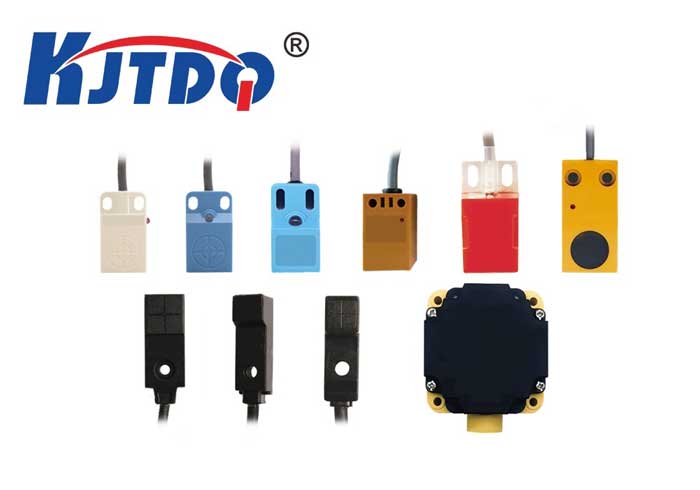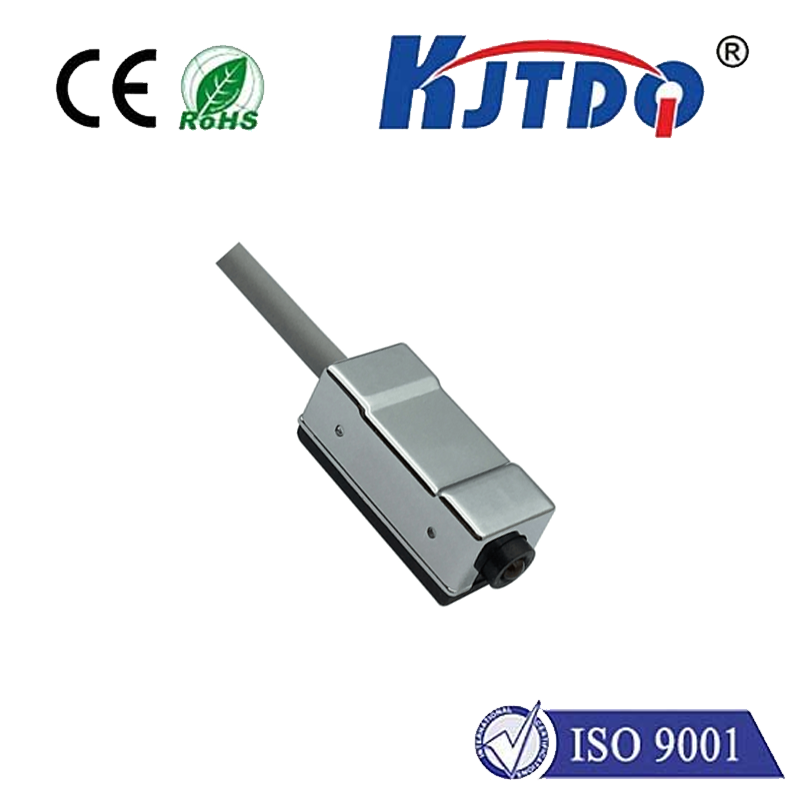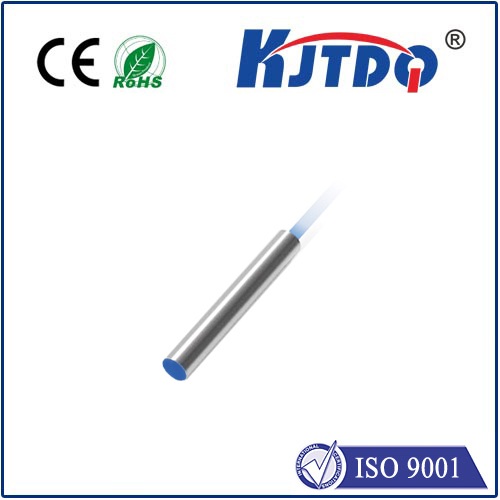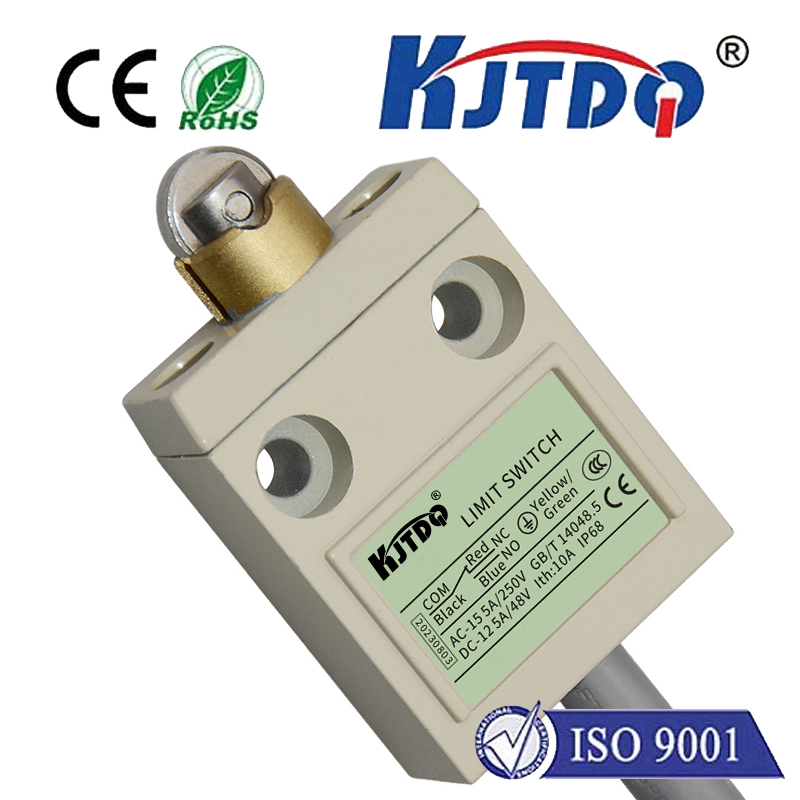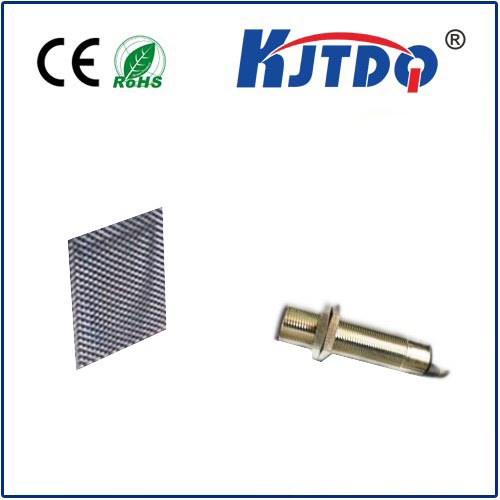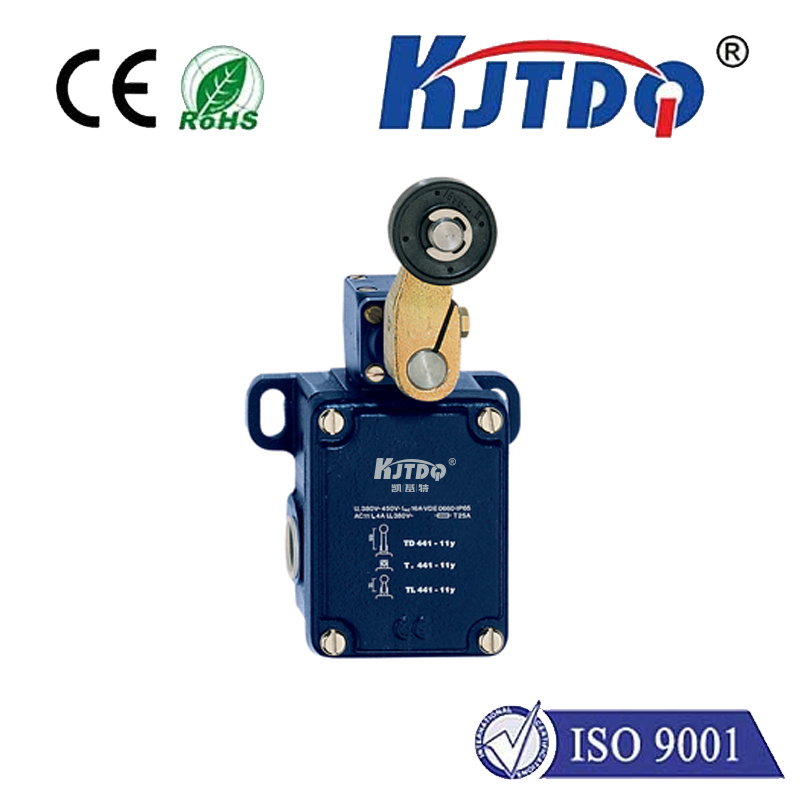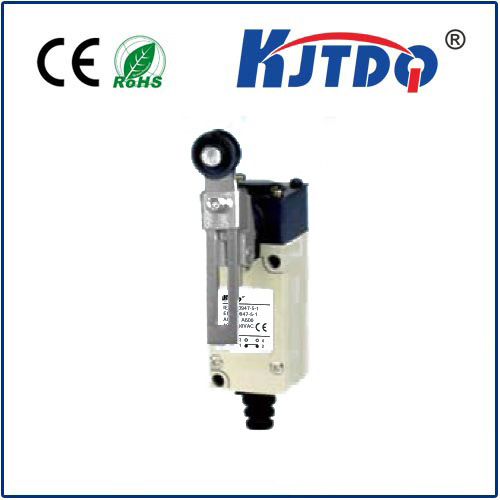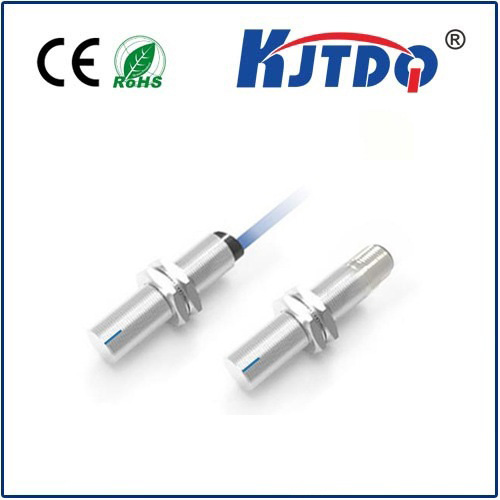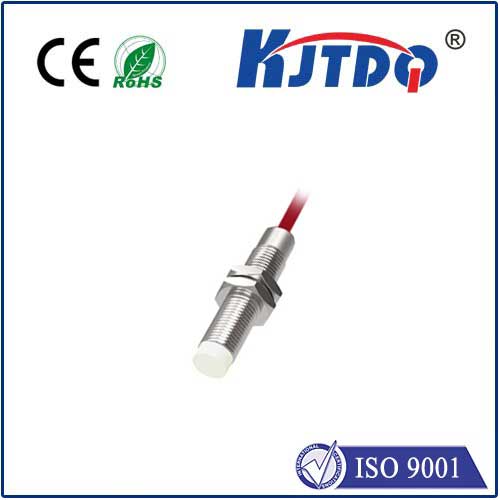Imagine a world without automated production lines, vending machines that don’t dispense, or printers that jam constantly. This chaotic reality is precisely what we avoid thanks to the silent workhorses of the sensing world: Photo Reflective Sensors. These ingenious devices form the backbone of countless automated processes, providing reliable, non-contact detection essential for efficiency, safety, and functionality across a stunning array of industries. Understanding their principle and application reveals why they are such a fundamental tool in modern technology.
At their core, a photo reflective sensor operates on a beautifully simple premise: light reflection. These photoelectric sensors consist of two key components housed in a single unit: a light emitter (typically an LED, often infrared for invisibility and noise immunity) and a light receiver (a phototransistor or photodiode). The emitter constantly projects a beam of light. When an object enters the sensing range, it reflects a portion of this emitted light back towards the sensor unit. The receiver detects this change in reflected light intensity. Crucially, the sensor is designed to trigger an output signal (e.g., switching on or off) only when the reflected light exceeds a pre-set threshold. This detection is purely optical, meaning the sensor never physically touches the object it senses.
This deceptively simple operation unlocks immense versatility. Unlike contact switches, photo reflective sensors offer non-intrusive detection. They don’t wear out from physical interaction and can sense delicate, fast-moving, or oddly shaped objects without affecting them. Setup is generally straightforward: position the sensor facing the area where target objects will pass, ensuring the emitted light can reflect off the target surface back to the receiver. Their effectiveness, however, hinges significantly on the reflectivity and color of the target object. Highly reflective, light-colored objects return more light, making them easier to detect at greater distances or with lower sensitivity settings. Darker, matte-finish objects absorb more light, reducing the reflected signal and potentially requiring the sensor to be closer or its sensitivity adjusted higher.

The advantages of the photo reflective sensor design are compelling:
Where do we encounter these ubiquitous sensors? The applications are virtually limitless:
While incredibly useful, it’s crucial to understand their context among photoelectric sensors. They are one specific type, often categorized under proximity sensors or Фотоэлектрический датчик. Contrast them with:
Choosing a photo reflective sensor requires considering specific application parameters: Required sensing distance, the size and reflectivity of the target object, the operating environment (temperature, dust, moisture), the required output signal type (digital NPN/PNP, analog), and the needed response speed. Modern sensors often include features like adjustable sensitivity via potentiometer or teach-in buttons, background suppression (to ignore distant objects or varying backgrounds), and robust housings for challenging industrial settings.
In essence, photo reflective sensors are a masterclass in elegant, practical engineering. By harnessing the fundamental principle of light reflection into a compact, reliable, and affordable package, they provide an indispensable solution for automated object detection. Their ability to perform non-contact sensing ensures longevity and gentle handling of materials, while their speed and reliability keep modern assembly lines humming and everyday conveniences functioning smoothly. From ensuring your coffee cup is filled correctly on a production line to verifying your parcel is sorted for delivery, the unassuming photo reflective sensor is a fundamental building block of our automated world, proving that sometimes, the simplest solutions are indeed the most powerful.
